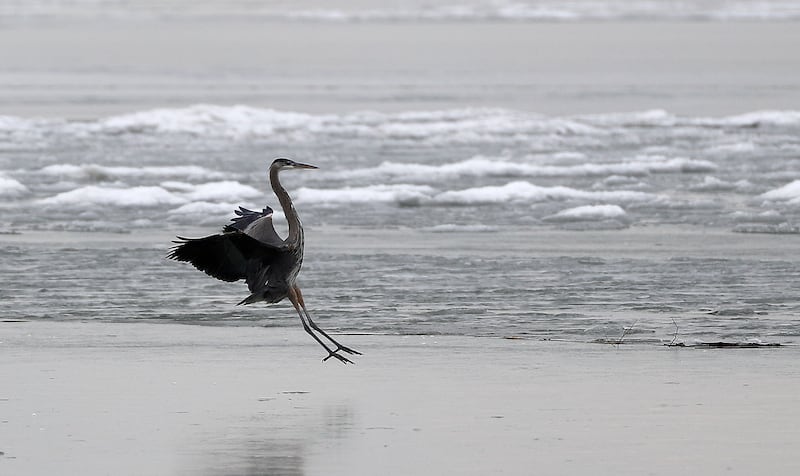Utah Lake’s vivacious bird populations have brought joy to local families for decades. The Utah Lake Restoration Project is supposed to help provide homes for these migrating birds, but is this restoration project actually able to do what it says it will? From dredging to commercial islands, this project may be more motivated by capitalism than conservation.
Spearheaded by Lake Restoration Solutions in Orem, the Utah Lake Restoration Project is a massive undertaking. The project is scheduled to span 15 years and is projected to create 34 human-made islands amounting to 18,000 acres. This project will also include four new roads and a central community island that could house up to 500,000 people. Along the outside edge of the lake will sit estuary islands designed to create 18 miles of shoreline wetlands for birds to feed and nest upon.
On the surface, this project sounds like a pillar of conservation. However, the ecological toll on Utah Lake’s vibrant wildlife may be too great for the project to be considered conservation. Although Lake Restoration Solutions’ website boasts of environmentally conscious infrastructure and construction solutions, they have failed to account for the long-term effects that community islands will have on the lake’s wildlife. From ducks to kingfishers to hawks, thousands upon thousands of birds migrate through Utah Lake State Park each year. An island of commercial businesses and apartment buildings would disrupt the lives of these birds with two lesser-acknowledged kinds of pollution.
First, cities create light pollution. Light pollution happens when building lights, streetlights and car lights brighten the night sky. This brightening of the sky has proven to wreak havoc on bird migrations. In wetlands like the environment surrounding Utah Lake, birds have been found to start nesting up to a full month earlier than normal when faced with light pollution. This early nesting can lead to chicks hatching early when there is not enough food available in the area, which leads to unnecessarily high mortality rates.
Artificially bright lights can also disorient birds and disrupt their circadian rhythms, which greatly increases the number of birds that die from collisions with buildings. A large city in the center of Utah Lake would exponentially increase light pollution in the lake that no estuary island could mitigate.
Second, cities create noise pollution. Noise pollution is created by human-made machines such as vehicles, industrial machines, aircrafts and loudspeakers. This noise muffles many audio cues that birds rely upon such as noises to help them detect predators and food sources. This disruption can harm the ecosystem by causing a shift in the predator-prey dynamic.
This noise pollution has also been found to cause higher levels of stress and anxiety in birds in noisy areas. Placing a large city in the center of the lake would greatly increase this noise pollution, and this extra noise pollution could drive Utah Lake’s birds away from their traditional migration path.
Of course, bird populations may adapt to this change in environment. Many birds are resilient in the face of change, and some bird populations may be able to bounce back from this major change to their ecosystem. However, I suggest a shift in our mindsets to think of birds as our neighbors, not as collateral damage in our capitalistic endeavors. If we want true conservation, we must consider the lives of our feathered friends, not just our own needs.
Tessa Scheuer is a master’s degree candidate in environmental humanities at the University of Utah.

